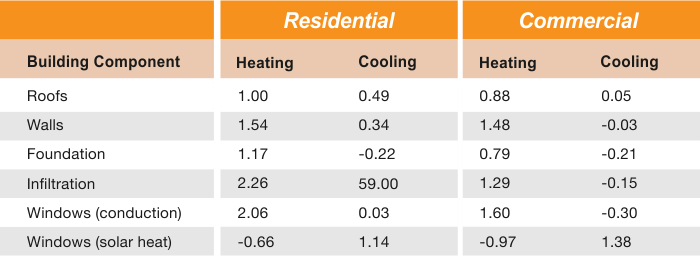-
What We Do
Architecture, Engineering & Construction Services
Products
Artificial Intelligence
Data Analytics Services & Solutions
- Enterprise Data Management
- Big Data Services
- Data Science
- Database Services
- Business Intelligence & Dashboards
- Data Integration Services
Automation Services
Software Testing Services
Product & Application Development
Animation
Other Animation Services
- Freight Bill Processing
- Freight Audit And Payment Portal (FAP)
- Invoice Processing
- Air WayBill Processing
- Freight & Cargo Bill Of Lading Processing
- Inland Freight Bill Auditing
- Ocean Freight Auditing
- Freight, Truck & Cargo EDI Implementation
- Purchase Order Entries
- Carriers Insurance Document Management
- Freight, Truck Rate Contract Management
- Tracking & Tracing Status Updates
- Freight Weight Reconciliation
- Driver Log Management
- Freight Rate Reconciliation
- Bill Of Lading Drafting
- Customs - Discharge List & Manifest Creation And Submission
- Customs - Bill Of Entry Submission For Import/Export
- Customer Support Services
- Freight Forwarder Import And Export Operation Services
- Carrier On-Boarding Document Verification & Reference Checking Process
Media Monitoring
Tracking Services
Engineering
Healthcare Provider
Healthcare Analytics
- About Us
- Insights
Vee Technologies’ extraordinary expertise leads to remarkable results.
We share insights, analysis and research – tailored to your unique interests – and make case studies and whitepapers to help you deepen your knowledge and impact.
Engineering
- Product Design – Designing Products with the Voiceless Stakeholder In Mind
- Cutting the Clutter - Is Automation in CAD a Hindrance or an Opportunity for Offshore Service Providers?
- Digital Construction: Integrating Virtual Design and Construction (VDC) in Architecture and Engineering Firms
- Explore More...
Consulting
IT
- A Leading Mineral Extraction Device Manufacturer Automates End-to-End Invoice Processing using Vee Technologies’ Hybrid Bots
- Purchase Order Management Automation for a Leading Manufacturing Company with Vee Technologies’ Hybrid Bots
- Explore More...
Legal Processing Outsourcing
Engineering
Logistics
- Careers
- Newsroom
- Contact Us




